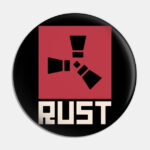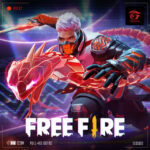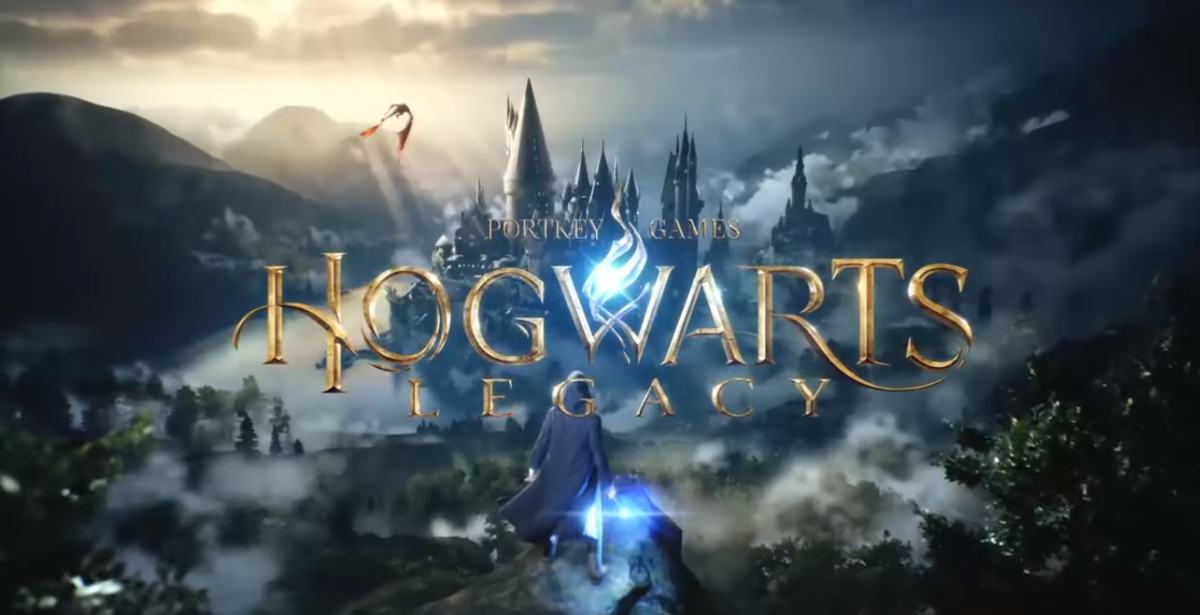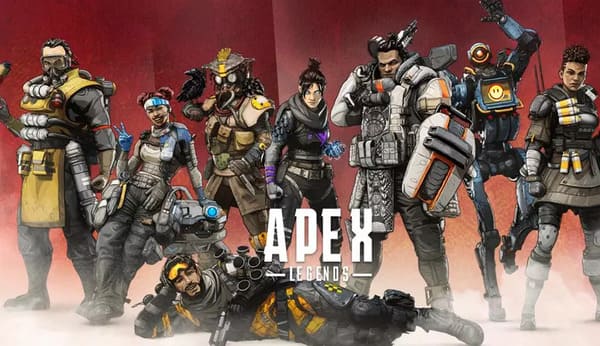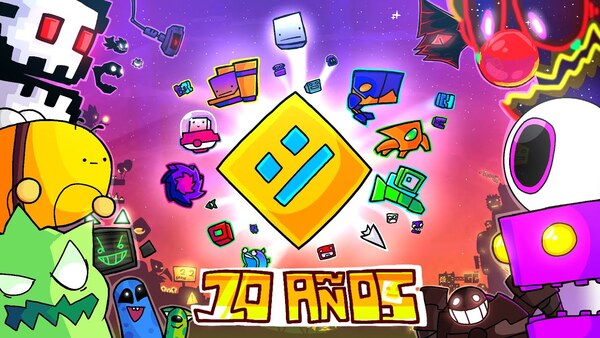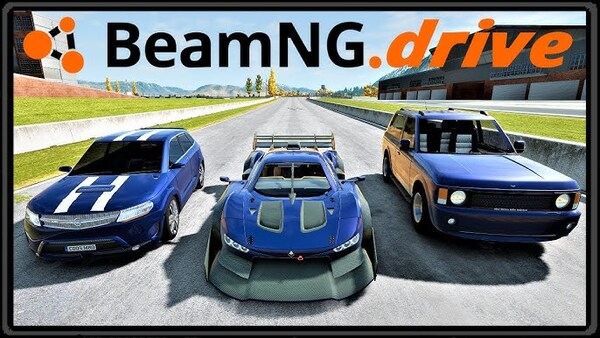Garena Free Fire: Kalahari – Survival Reimagined in the Desert
1. Introduction to Garena Free Fire: Kalahari
Garena Free Fire: Kalahari is a special edition map in the widely popular battle royale game Free Fire, developed by 111 Dots Studio and published by Garena. Released as a unique desert battleground, Kalahari shifts the dynamics of traditional Free Fire gameplay with vertical terrains, open landscapes, and dangerous vantage points. It’s a map that challenges not just survival instincts, but also positioning and adaptability.
Kalahari isn’t just a place—it’s a battlefield filled with sandstorms, surprises, and sudden death. Fast-paced and unpredictable, it adds a strategic layer for players who crave intense competition.
2. The Origins of the Kalahari Map
First introduced in early 2020, Kalahari was designed to provide a stark contrast to Free Fire’s original Bermuda map. While Bermuda was lush and tropical, Kalahari brought in a harsh, arid atmosphere, inspired by the real-life Kalahari Desert in Southern Africa.
Design Purpose:
-
Increase vertical movement with canyons and cliffs
-
Encourage combat through landmark-based loot zones
-
Push players out of comfort zones with exposed terrain
From the start, Kalahari was intended to test tactical mastery, not just shooting skills.
3. Unique Features of the Kalahari Map
Kalahari introduces distinctive features that make every match on it dynamic and intense.
Key Characteristics:
-
Verticality: Elevated sniper towers and cliffs for surprise attacks
-
Sparse cover: Promotes movement and fast decision-making
-
Strongholds: Specific areas with high-tier loot but high risk
Special Elements:
-
Cannons and ships at Submarine Base
-
Ancient Ruins resembling temples
-
Stone Maze for ambushes and close-quarters combat
-
Refinery, a multi-level industrial zone ideal for mid-range fights
Players must learn how to navigate vertical environments, manage vision, and use terrain to control fights.
4. Strategy and Tactics on Kalahari
Winning on Kalahari means adapting to the environmental pressures of the desert. Traditional tactics may fail without modifications.
Early Game:
-
Drop at smaller compounds to gather quick gear
-
Avoid hotspots unless confident in close-quarters fights
Mid Game:
-
Take the high ground early and control choke points
-
Rotate based on safe zone shifts using cliffs and ridgelines
End Game:
-
Use natural cover like rocks and elevation dips
-
Stay mobile to avoid being pinned by snipers
Positioning is key in Kalahari. Movement decisions often matter more than weapon choice.
5. Best Landing Spots in Kalahari
Top Locations:
-
Refinery – High-tier loot, vertical combat
-
The Submarine – Great weapons, risky positioning
-
Santa Catarina – Good balance between loot and safety
-
Command Post – Strategic location near the center
Pro Tip:
If you prefer a stealthy approach, land near Shrine or Stone Maze—moderate loot with fewer players, giving you time to gear up.
6. Weapons and Loadouts Ideal for Kalahari
Best Weapons for Kalahari:
-
AWM / M82B – Perfect for sniping from cliffs
-
SCAR / XM8 – Reliable for mid-range battles
-
MP40 / UMP – Close combat in caves and buildings
Useful Items:
-
Gloo Walls – Essential for open ground protection
-
Inhalers & Medkits – Fast recovery in exposed areas
-
Grenades – Flushing out enemies in structures
Your loadout should support flexibility, with a balance between long-range and close-combat tools.
7. Ranked Mode and Kalahari Integration
Kalahari has often been a rotational map in Free Fire’s ranked mode, giving players a chance to climb ranks in an unpredictable, high-risk environment.
Ranked Strategy:
-
Focus on placement, not just kills
-
Play the edge of the safe zone for fewer ambushes
-
Use zip lines and elevation to avoid direct conflict when needed
Kalahari offers great rank progression potential for smart, adaptable players.
8. Visual and Sound Design of Kalahari
The desert-themed map delivers a unique aesthetic and audio experience:
Visuals:
-
Sun-drenched cliffs and canyons
-
Old ruins and skeletal remains of civilization
-
Contrasting golden sands and rocky structures
Sounds:
-
Distant gunfire echoes through the cliffs
-
Footsteps more audible in wide-open spaces
-
Background effects of dry winds and wildlife
Kalahari immerses players in a cinematic, survivalist setting.
9. Kalahari in Esports and Competitive Meta
In tournaments and scrims, Kalahari is known for its unpredictability. Teams often rely on:
-
Split rotations: Sending scouts ahead to secure safe zones
-
Vertical control: Using cliffs to dominate sightlines
-
Zone pressure: Trapping enemies below cliff edges or structures
Esports teams train rigorously for Kalahari due to its high-stakes nature, where one wrong move can be fatal.
10. Future of Kalahari and Player Feedback
Kalahari continues to receive tweaks based on player feedback, with changes to:
-
Loot density
-
Safe zone logic
-
New event-based POIs
While it may not be every player's favorite, Kalahari is respected for its strategic demands and remains a core part of Free Fire’s identity.
Conclusion: Kalahari is a Map for Tactical Survivors
Garena Free Fire: Kalahari isn't just another map—it's a test of adaptability, awareness, and tactical precision. With its harsh terrain and limited cover, every decision counts. Whether you’re a lone wolf or part of a coordinated squad, mastering Kalahari requires more than fast aim—it requires a survivalist’s mind.







